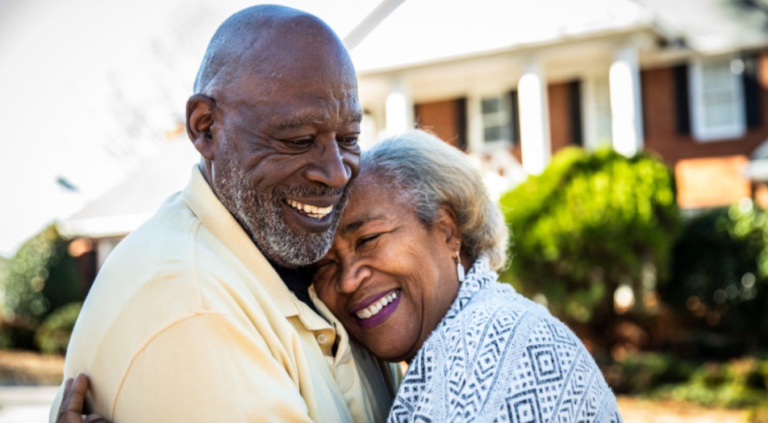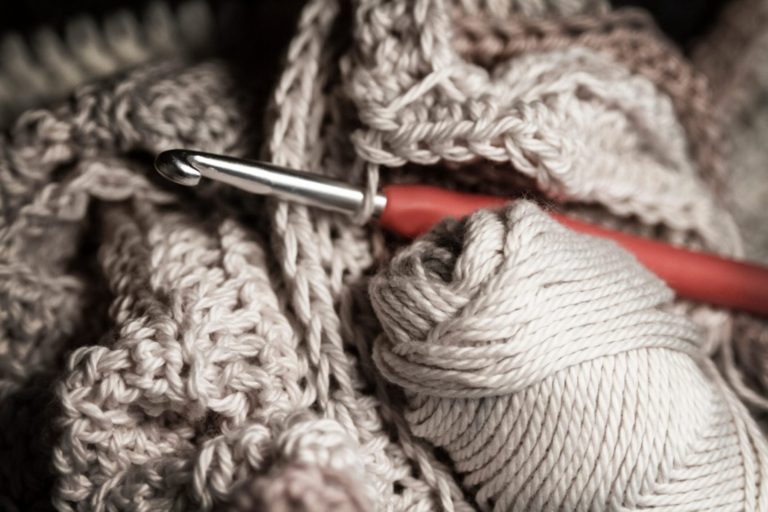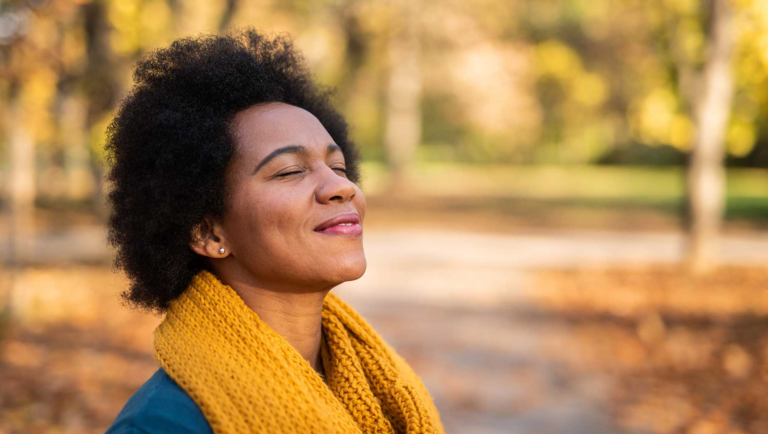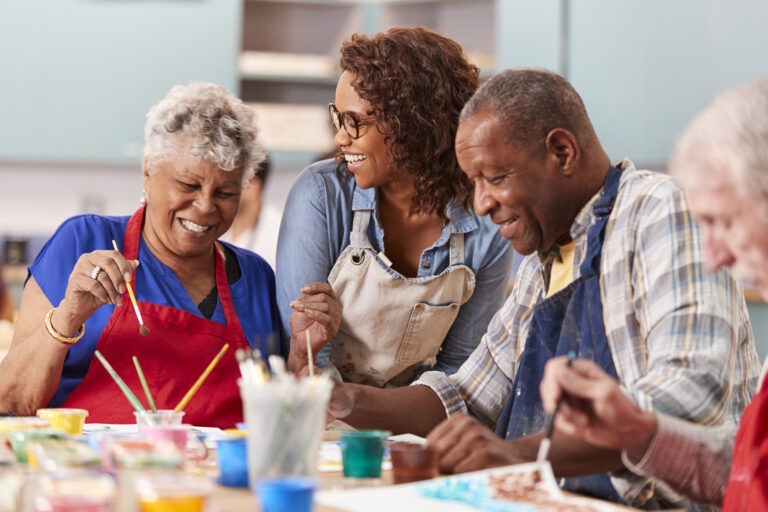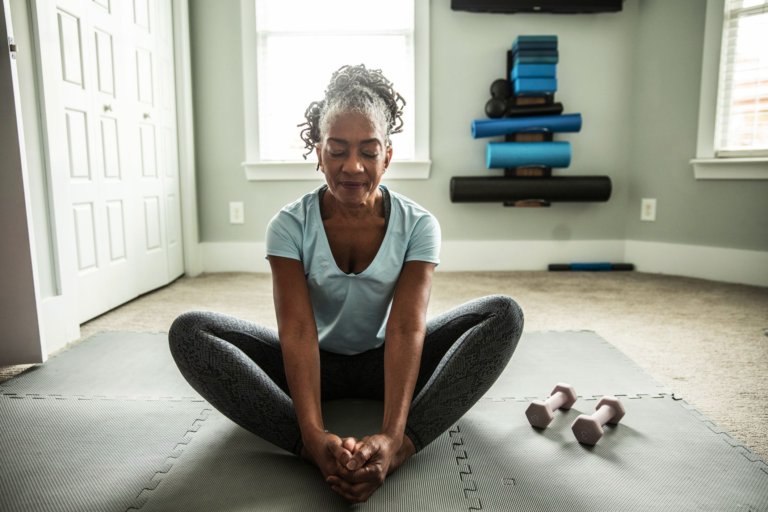The Importance of Caring for Each Other
In today’s fast-paced, highly connected world, it’s easy to get caught up in our own lives and forget about the well-being of others around us. At Sage, taking the time to care for each other is not only a moral obligation; it’s also essential for our own well-being and the health of our communities. Together, we’ll explore why we should all care for each other and how doing so can lead to a happier, more fulfilling life.
The Science Behind Caring
Research has shown that caring for others can have a positive impact on our mental and physical health. Studies have demonstrated that those who engage in acts of kindness and support for others experience lower levels of stress, increased happiness, and even a boost in their immune system. This phenomenon, otherwise known as “helper’s high,” has been linked to the release of feel-good hormones like oxytocin and endorphins. When we care for others, we also nurture our sense of belonging and strengthen social connections. Strong relationships contribute to better mental health and a longer life expectancy, as they provide support during difficult times and create a sense of security.
Empathy: A Powerful Tool for Connection
Empathy is the ability to understand and share the feelings of others. It’s a powerful tool that helps us connect with those around us and allows us to see things from their perspective. Empathy not only helps in forming deeper connections but also fosters a more compassionate and caring society.
One way to cultivate empathy is to become a better listener. By actively listening to others, we can better understand their needs, emotions, and experiences. To improve your listening skills, check out this guide on How to Become a Better Listener.
Small Acts with Big Impact
Caring for each other doesn’t always require grand gestures. Small acts of kindness, like offering a helping hand, listening to someone’s concerns, or simply smiling at a stranger, can have a profound impact on others. Whenever someone you know is going through tough times it’s important that you reach out. By “paying it forward” through simple gestures of kindness, we can brighten someone’s day, help them feel less alone, and build spaces where people feel heard.
Self-Care: The Foundation of Caring for Others
In order to effectively care for others, we must first take care of ourselves. Practicing self-care ensures that we have the energy, mental clarity, and emotional resilience required to support those around us. Taking care of yourself involves prioritizing your physical health by eating well, exercising, and getting enough sleep. It also involves giving yourself permission to take a break when needed, cultivating a support network of friends and loved ones, and setting boundaries when necessary to maintain a healthy balance between personal and professional life .
The Power of Caring for Each Other
Caring for each other has the potential to transform our lives, our relationships, and our communities. By practicing empathy, engaging in acts of kindness, and prioritizing self-care, we can create a world in which everyone feels supported, valued, and connected. Ultimately, when we care for one another, we not only improve our own well-being but also contribute to the greater good. So, let’s embrace the power of caring for each other and make it a priority in our daily lives. By doing so, we can foster a more vibrant, understanding, and united world, where everyone can thrive.
